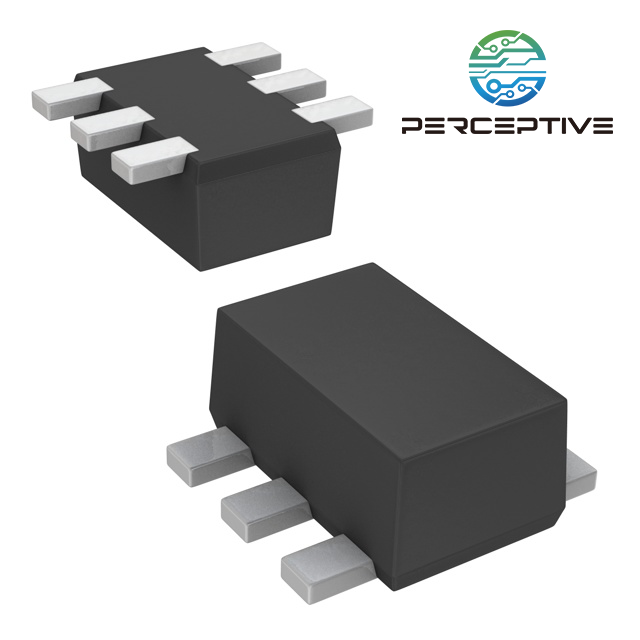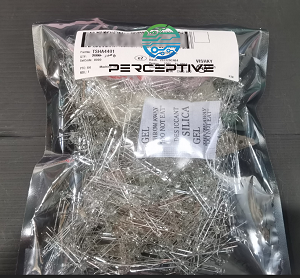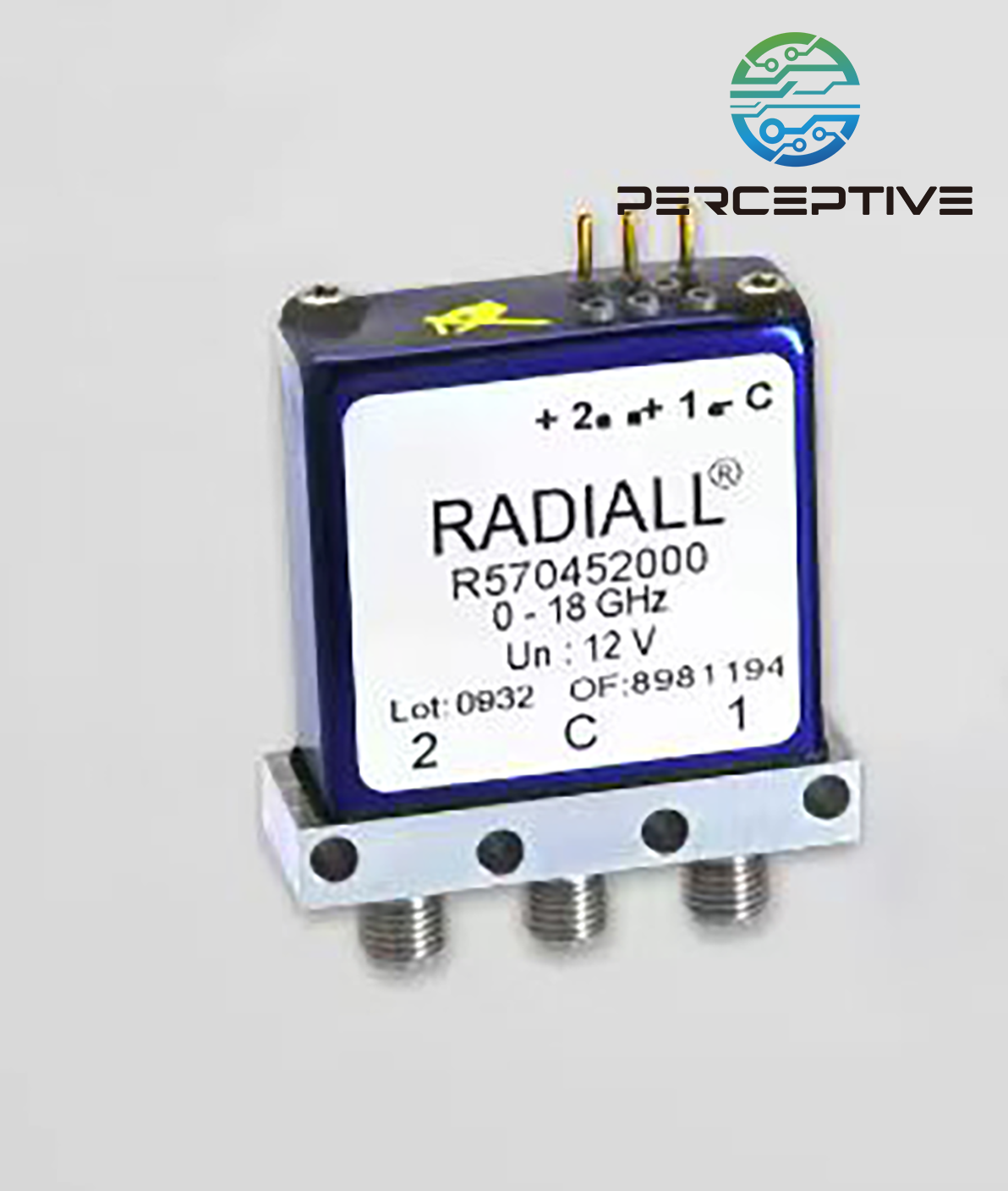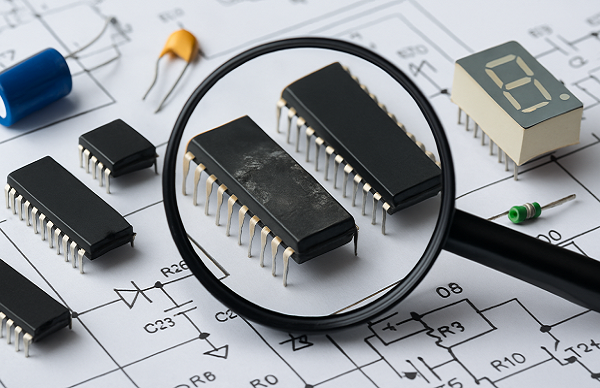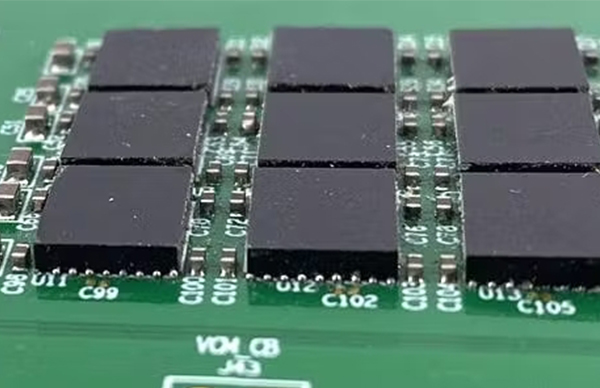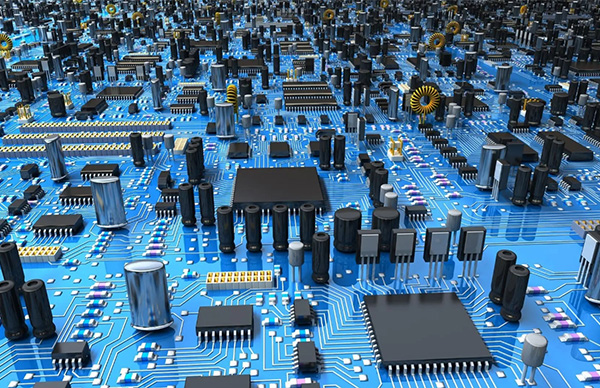
In August last year, ARM launched a lawsuit against its most important partner Qualcomm and its acquired subsidiary Nuvia, accusing the two companies of violating licensing agreements and infringing ARM patents. ARM intends to disintegrate its $1.4 billion strategic acquisition of chip design company Nuvia. News came out in September: ARM claimed that Qualcomm’s acquisition of Nuvia was suspected of violating licenses and trademarks, and ARM and Qualcomm had a major breakup! It is reported that Qualcomm's self-developed CPU core Oryon announced that it intends to compete with Apple's M series. In the process, ARM has become a stumbling block; and ARM's lawsuit may impact Qualcomm's return to the server processor market. In October, Qualcomm filed a countersuit against ARM due to licensing and trademark disputes, saying: It is nonsense to use litigation as a bargaining chip to violate the agreement. Qualcomm’s lawsuit documents also show that: Arm will prohibit the public version of the CPU from using external GPUs, NPUs or ISPs.
The ARM lawsuit will involve mobile phone chips from multiple companies. And the company has relied on ARM for years after Qualcomm stopped designing its own custom computing cores. The Nuvia deal is seen as a way for Qualcomm to reduce its reliance on ARM. The two giants of ARM and Qualcomm are going to court, which means that RISC-V may rewrite the world chip pattern! Obviously, the ARM authorization model cannot support independent innovation of CPU. In this regard, the media said: It is risky to sue Qualcomm on the eve of ARM IPO, but there is no choice.

In addition, data from market research firm StrategyAnalytics shows that in 2022, ARM unit chip royalties will increase by 19% year-on-year for the third consecutive year, and 70% will come from low-cost MCU chips.
It is understood that ARM is headquartered in Cambridge, England. It has more than 1,700 employees and has set up multiple offices around the world, including design centers in Belgium, France, India, Sweden and the United States. With its powerful processing capability and extremely low power consumption, ARM microprocessors make more and more companies consider using it when selecting products. In addition, the ARM motherboard can also help relieve the pressure of urban logistics terminal distribution.

The ARM architecture, once known as the advanced RISC machine, was earlier called the Acorn RISC Machine, which is a 32-bit RISC processor architecture. However, Google recently officially announced that the Android system will support the RISC-V instruction set. In the future, it will gradually get rid of the ARM architecture and break the ARM/x86 monopoly. Giant companies such as Qualcomm are also continuing to develop RISC-V chips, which puts a lot of pressure on ARM.
Recently, ARM has also targeted the automotive market and is rapidly expanding its automotive chip technology business.
In the future, it will also use automotive chips as its main focus. Its revenue has doubled since 2020. ARM said: Intel and MIPS will die in the next few years.
Samsung recently launched the ARM version of the Galaxy Book2 Pro 360, which is equipped with Snapdragon 8cx Gen 3 and equipped with S-Pen.
At the same time, ARM has continued to cooperate with GitHub, Qeexo and Nota.AI since last year to accelerate the development of IoT software. All in all, if ARM wants to be the Switzerland of the electronics industry, it must remain neutral and cooperate with everyone.





